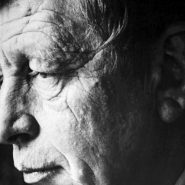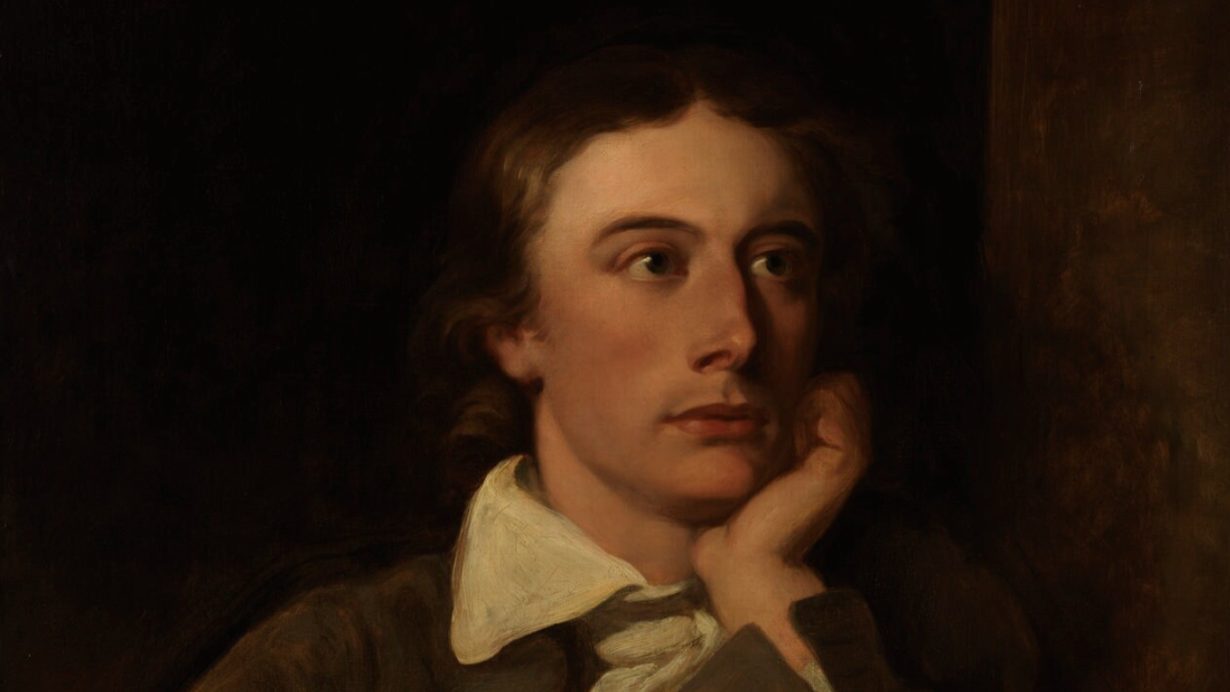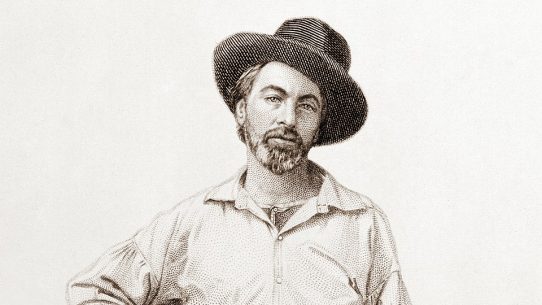Introduction
John Keats (1795–1821) stands among the most cherished figures in English Romanticism, remembered for his lush imagery, emotional intensity, and profound reflections on beauty, art, and mortality. Though his life was heartbreakingly short, his body of work reshaped English lyric poetry and elevated the pursuit of beauty to a philosophical ideal.
In less than five years of serious writing, Keats created a legacy that continues to influence poets, critics, and readers two centuries later. His poems — vivid with sensuous detail and charged with longing — embody the Romantic conviction that truth and beauty are one.
Early Life and Education
Keats was born on October 31, 1795, at the Swan and Hoop Inn in London, where his father, Thomas Keats, worked as a livery stable keeper. His mother, Frances Jennings, was known for her warmth and intelligence, qualities that deeply shaped her eldest son.
Tragedy struck early: when Keats was eight, his father died after a riding accident, and only a few years later, his mother succumbed to tuberculosis. Orphaned before adulthood, Keats and his siblings — George, Tom, and Fanny — were placed under the guardianship of Richard Abbey, a conservative merchant who discouraged John’s literary ambitions.
Despite these hardships, Keats excelled at the Clarke School in Enfield, where he developed an enduring love for literature, art, and the natural world. His headmaster, John Clarke, and Clarke’s son Charles introduced him to the works of Spenser, Shakespeare, and Milton. Spenser’s The Faerie Queene especially enchanted him, awakening what he later described as “the genius of poetry.”
Apprenticed to a surgeon-apothecary at fifteen, Keats pursued medical training with diligence, but his imagination increasingly rebelled against the confines of science and the clinic. By 1816, he had qualified as a licensed apothecary but abandoned medicine altogether, choosing instead to follow the uncertain path of poetry.
Literary Career and Major Works
Keats’s earliest known poems date from 1814, but it was his 1816 sonnet On First Looking into Chapman’s Homer that marked his arrival as a serious poet. Written after reading George Chapman’s translation of Homer aloud with his friend Charles Cowden Clarke, the sonnet captures the wonder of discovery — an emotion that would define his entire career.
His first book, Poems (1817), showed promise but drew little attention. The following year’s Endymion, an ambitious mythic romance in heroic couplets, was savaged by conservative critics in the Quarterly Review and Blackwood’s Magazine, who mocked Keats as part of the so-called “Cockney School” of poetry. These attacks, though cruel, failed to deter him.
In 1819, a single, miraculous year, Keats produced the masterpieces that secured his immortality. His six great odes — Ode to a Nightingale, Ode on a Grecian Urn, Ode to a Psyche, Ode on Melancholy, Ode on Indolence, and To Autumn — blend musical language with philosophical depth. They explore the tension between transience and permanence, between the beauty of sensory experience and the ache of inevitable decay.
In Ode to a Nightingale, he longs to escape mortality through the bird’s timeless song; in Ode on a Grecian Urn, he finds permanence in art’s frozen stillness; and in To Autumn, written as illness closed in, he reconciles himself to the natural cycles of ripening and decline. During this fertile period he also wrote La Belle Dame sans Merci, The Eve of St. Agnes, and Hyperion, each extending his vision of beauty’s power to both console and wound.
Keats’s correspondence from this period, especially his letters to Fanny Brawne and to his friends Charles Brown and Benjamin Bailey, reveals a mind alive with philosophical curiosity. He articulated the idea of Negative Capability — the capacity to remain “in uncertainties, Mysteries, doubts, without any irritable reaching after fact and reason.”
For Keats, poetic truth was not achieved through logic but through the imagination’s surrender to experience. His letters themselves are now regarded as literary art, offering profound reflections on art, consciousness, and the limits of human knowledge.
Style, Themes, and Influence
Keats’s poetry is renowned for its sensory richness and emotional candor. Every line seems steeped in taste, color, and texture — honey, amber, and incense pour through his verse. Yet beneath the surface beauty lies a persistent awareness of suffering and impermanence. Keats’s imagination continually oscillates between ecstasy and melancholy: beauty enchants, but it also reminds the beholder of decay. This duality — what he termed “the fierce dispute / Betwixt damnation and impassioned clay” — became his artistic signature.
Unlike Wordsworth, who sought moral revelation in nature, or Shelley, who infused poetry with political idealism, Keats pursued beauty as a sacred end in itself. His belief that “A thing of beauty is a joy for ever” framed his philosophy of art as an enduring refuge against the chaos of life. The clarity of his imagery, his musical phrasing, and his precise diction influenced generations of poets, from Tennyson and Rossetti to Yeats and modernists like Wallace Stevens. His odes remain among the finest examples of English lyric craft — meditations that move from personal feeling to universal truth.
Later Life and Legacy
Keats’s final years were marked by illness and heartbreak. His brother Tom died of tuberculosis in 1818, and soon after, Keats himself began showing symptoms of the same disease. Despite failing health, he found deep affection in his relationship with Fanny Brawne, his neighbor in Hampstead, whose presence brought both joy and anguish.
Financial struggles and the cruel reception of his work compounded his despair, yet his creative spirit did not falter. In 1820, with his health collapsing, Keats published Lamia, Isabella, The Eve of St. Agnes, and Other Poems, which included many of his masterpieces. The book received more sympathetic reviews, but it came too late for its author to enjoy success.
In September 1820, doctors advised Keats to travel to Italy’s milder climate. He journeyed to Rome with his devoted friend Joseph Severn, taking residence near the Spanish Steps. There, amid the fading light of the Eternal City, he endured months of suffering before dying peacefully on February 23, 1821. He was twenty-five.
On his request, his tombstone bore no name — only the poignant epitaph: “Here lies one whose name was writ in water.” That self-effacing line proved prophetic: his fame, far from dissolving, grew steadily throughout the nineteenth century. Today, Keats’s resting place in Rome is a pilgrimage site for lovers of poetry and art.
Notable Works
Endymion (1818)
Ode to a Nightingale (1819)
Ode on a Grecian Urn (1819)
To Autumn (1819)
La Belle Dame sans Merci (1819)
The Eve of St. Agnes (1820)
Lamia (1820)




